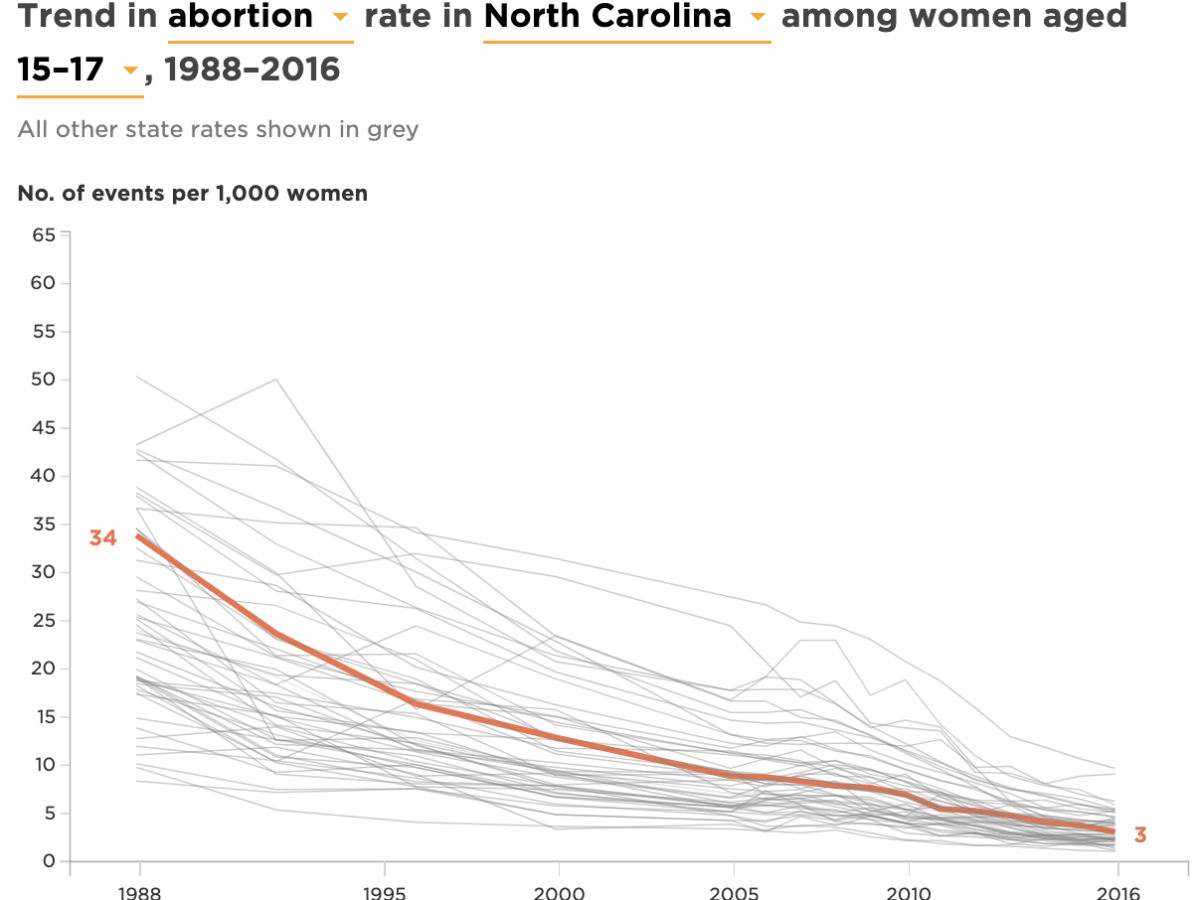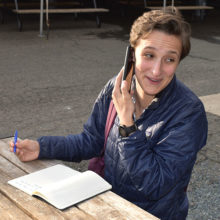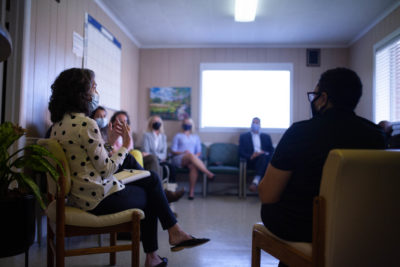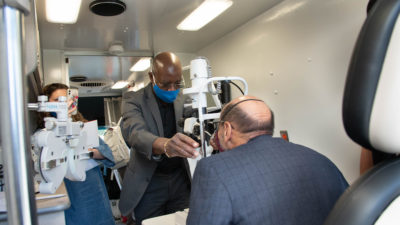

Share this story
|
|
The U.S. Supreme Court overturned the landmark Roe v. Wade decision on Friday, which legalized abortion nationwide in 1973. Students in many states, including North Carolina, could now face major changes in abortion and reproductive health access — which are shown to impact educational attainment.
Given that context, EdNC reviewed reproductive health data specific to North Carolina’s adolescent population. Here’s a look at teen pregnancy and abortion rates, and how these numbers relate to student achievement.
Teen births and pregnancy
According to data from the Office of Population Affairs at the U.S. Department of Health and Human Services, North Carolina ranked 23 out of 51 (50 states and the District of Columbia) on birth rates among women and girls ages 15-19 in 2018 (with 1 representing the highest).
Nearly 6,400 North Carolina women and girls under the age of 20 gave birth in 2018. About 37% of those mothers were white, 31% were Black, and 25% were Hispanic. About 15% of all births of women under age 20 are repeat births (the second or more) — a statistic that is true for both North Carolina and the United States.
The teen birth rate (births per 1,000 females ages 15-19) in North Carolina is 18.7, higher than the United States’ average rate of 17.4. However, there’s been a 73% decrease in the state rate since 1991. Similarly, North Carolina’s teen pregnancy rate has declined about 70% since 1988.
Per 2020 data from the N.C. Department of Health and Human Services, there were 7,749 total pregnancies in women and girls ages 15-19. Of those, the vast majority — about 75% — gave birth.
Teen abortion data
The abortion rate in North Carolina was 6 per every 1,000 women ages 15-19, compared to United States’ rate of 8, according to 2016 data from the Office of Population Affairs. This represents an 86% decrease in North Carolina’s teen abortion rate since 1988. The graph below, from the Guttmacher Institute, a think tank that studies reproductive health policy, shows trends in abortion, birth, and pregnancy rates from 1988 to 2016. You can filter the data by state and age group.
“Across the whole country and in North Carolina, there’s been a decrease in the abortion rate,” said Rebecca Kreitzer, an associate professor of public policy at the University of North Carolina who studies abortion policy, in a May interview.
There are some explanations for this, including access to and use of more reliable forms of contraception. According to the Guttmacher Institute, state-level policies on abortion restrictions are not the main driver in abortion rate declines.
In North Carolina, women can still get an abortion. A federal appeals court last year ruled that the state’s ban on abortions after 20 weeks was unconstitutional. That could change, however — Republican leaders in the General Assembly have asked Attorney General Josh Stein to take action so that the ban after 20 weeks can be enforced again. If he does not, they say they will work to restore the ban. Additional state-level policies include:
- Counseling to discourage an abortion.
- A 72-hour waiting period before the procedure is done.
- A required ultrasound.
- Permission from one parent or a judge (for those under age 18).
“Notably, contraceptive use has driven the long-term decline in adolescent pregnancies and births, which continued through the 2011–2017 period,” an article by Elizabeth Nash and Joerg Dreweke from the Guttmacher Institute said.
Adolescent behavior also plays a role.
“The age at which adolescents and teenagers first engage in sexual activity has been increasing in recent years,” Kreitzer said. “In other words, there’s less teen sex than there was in the past, which also is contributing to the decrease in unintended pregnancy rates and therefore in abortion rates.”
However, new data released last week from the Guttmacher Institute showed a change in this long-term decline: There were about 8% more abortions in the United States in 2020 than in 2017. That trend was true for North Carolina as well.
Sexual behavior and health
The Centers for Disease Control and Prevention (CDC) monitors student health behavior and experiences through a survey administered every two years. The most recent results, from 2019, revealed that about 41% of North Carolina high schoolers report that they’ve had sexual intercourse and about 28.5% say they’re currently sexually active.
Among those who are sexually active:
- During their last sexual intercourse, about half report that they did not use a condom and over 80% say they did not use birth control pills.
- About 91% reported that they did not use an intrauterine device (IUD) or implant to prevent pregnancy.
- About 18% say they did not use any method to prevent pregnancy during their last sexual intercourse.
Additionally, about 8.4% reported that they had been physically forced to have sexual intercourse (when they did not want to) — for female students, it was 11.4%.
What does all of this mean for schools?
Pregnancy and birth play a significant role in high school dropout rates among women. Research has demonstrated that only about half of teen mothers receive a high school diploma by age 22 — compared to 90% of those who don’t give birth. And there are also implications for the children of those teen mothers, who are more likely to have lower achievement once they’re in school, have more health problems, and eventually drop out of school themselves.
Any potential decline in availability to abortion services (local access to a Planned Parenthood has been linked to a reduction in school dropout rates) or contraception access could be a cause for concern among North Carolina school and district leadership — the four-year graduation rate is one of the data points the state uses to hold schools and districts accountable.
A recent poll shows 9 in 10 North Carolinians believe there should be access to abortion. Across the state, many students have underscored those results, staging school walkouts and protests in response to the anticipated ruling — in Madison County and Orange County, for example.
You can find more data on views on abortion here.





